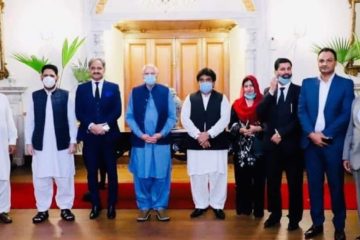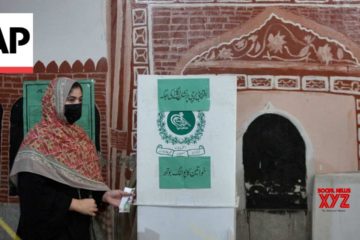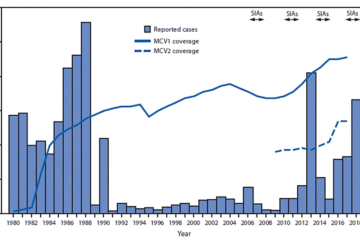State of education – The News International

This year marks the 75th anniversary of the creation of Pakistan. While it is a matter of celebration, it should also be a great cause of concern that we have not been able to enroll all our school-age children in educational institutions in these 75 years. Provision of education to all children is one of the fundamental responsibilities of any state. At least at the school level education should be compulsory and the state should be held responsible if it does not offer free education to all. Normally children of school-going age must start their education not later than five years of age, and for at least ten years this school education should be accessible in every part of the country. No matter how ‘remote’. Pakistan has had the dubious distinction of having one of the highest illiteracy rates and also one of the highest ratios of out-of-school children in the world. Once again, the Annual Status of Education Report (ASER) 2021 by Idara-e-Taleem-o-Agahi (ITA) has revealed that nearly one-fifth of all school-age children in Pakistan remained out of school. This has a direct relation with the level of poverty in the country whereby parents belonging to the lowest socio-economic strata are unable to send their children to school.
While the exact percentage of out-of-school children in Pakistan is reported to be 19 percent, it is noteworthy that those living in extreme poverty also amount to around one-fifth of the total population. Successive governments in Pakistan have developed education policies and have tried to change curricula, but hardly any government has focused on enrolling all children in schools. There appear to be at least two reasons for this: lack of adequate resources allocated to education as Pakistan spends one of the lowest amounts per student in the world; and even the amount that is allocated is spent mostly on salaries and non-developmental heads. Somehow, our public education sector ignores the socio-economic condition of parents. Even if there are schools around, people living in extreme poverty end up sending their children to earn livelihood by child labour. Perhaps, a more comprehensive strategy is needed rather than just developing policies and revising the curriculum. We also need to realise that education cannot be treated like any other commodity which the private sector can provide in a more efficient manner. The profit motive should not be a factor when it comes to public services which will determine the future of our country.
There is also a wide gap between the number of primary schools and middle or secondary schools, resulting in a high dropout ratio after class five. A new strategy must take into account the question of poverty and try to offer incentives to parents so that they are not compelled to send their children to child labour. Managing that comprehensive strategy should be the primary task of education managers. At the moment our education managers are mostly involved in postings and transfers and installing biometric machines. Our state too must consider poverty reduction in earnest so that out-of-school children get enrolled and do not drop out due to economic compulsions. Pakistan spends less than three percent of its GDP on education. This situation must change, otherwise we will not be able to achieve much even by the middle of the 21st century.












